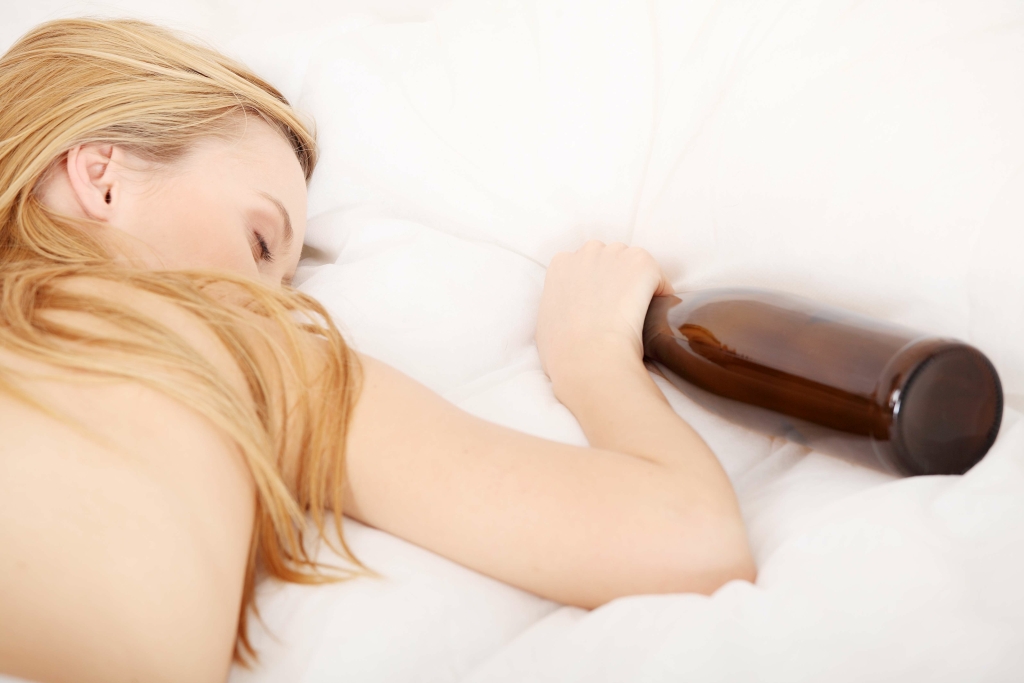Content
Furthermore, 12-step programs often celebrate abstinence milestones and encourage participants to count abstinent days, leading to a perception that someone who resumes substance use is “going back to the beginning” and has not made progress in recovery. If you’re worried you might be heading towards a lapse or full-blown relapse, don’t struggle with this alone. If you’re currently lost within the confusion of the abstinence violation effect, we can help.
The Violation Effect of Withdrawal involves a loss of control in the drinker, leading to a new relapse. This effect produces in the person a negative emotional state of guilt and internal conflict between the incompatibility of the addictive behavior carried out and his desire for abstinence. Alcoholics Anonymous has a slogan that speaks to the importance of being prepared; change people, places, and things. Preparing to avoid the expected triggers that can initiate an urge to drink will increase the likelihood of avoiding lapses. In addition, should use occur, viewing it as a lapse rather than a failure—not to mention an opportunity to learn something new about preventing potential future risks to recovery—increases the likelihood of maintaining. Setting a goal, taking steps to achieve it, and at times falling short.
How Can the Abstinence Violation Effect Hinder Recovery?
AVE has been studied and supported for the cessation of sex offenses, heroin, marijuana, and other illicit drug use. Marlatt and Gordon’s relapse prevention program is aimed at treating https://curiousmindmagazine.com/selecting-the-most-suitable-sober-house-for-addiction-recovery/ alcohol addiction. It talks about the Violation Effect of Abstinence, which implies the fact of relapsing into addictive behavior within a treatment of withdrawal or detoxification.
What is abstinence abuse?
In other words, it's defined as ”complete cessation from substance abuse of any kind”. According to the Substance Abuse and Mental Health Services Administration (SAMHSA), abstinence-based treatment is the safest approach to treating drug addiction.
In a similar fashion, the nature of these attributions determines whether the violation will lead to full-blown relapse. Be that as it may, a perennial threat to recovering, especially if abstinence is perceived as the prerequisite of changing one’s substance using behavior, is to use, even once. In formal treatment circles, this sense of failure is referred to as the abstinence violation effect or AVE and is perhaps the single greatest contributor to a return to active involvement in one’s SUD. Abstinence violation effect can be overcome, but it is far better to avoid suffering AVE in the first place. Enroll in Amethyst Recovery, and you’ll learn the skills you need to practice effective relapse prevention.
Relapse Prevention for Sexual Offenders: Considerations for the Abstinence Violation Effect
While no data on the effectiveness of this approach in preventing relapse exist to date, this appears to be a useful and stimulating conceptualization of relapse and relapse prevention that deserves further attention. The abstinence violation effect (AVE) highlights the distinction between a lapse and relapse. Put simply, the AVE occurs when a client perceives no intermediary step between a lapse and a relapse. Treatment in this component involves describing the AVE, and working with the client to learn alternative coping skills for when a lapse occurs, such that a relapse is prevented. The AVE occurs when a client is in a high-risk situation and views the potential lapse as so severe, that he or she may as well relapse. The client and therapist will practice identifying and coping with lapses.
- There is nothing abnormal about relapse in recovery, which is why it is imperative that everyone recovering from a substance use disorder knows how to prevent relapse.
- At JourneyPure in Louisville, we can help you get started in your recovery and show you how to prevent relapse.
- Within a broader psychological and behavioral treatment, one of the possible techniques to use to reduce the probability that the Abstinence Violation Effect will occur, consists of training in different cognitive strategies.
- These studies suggest that heritable biological characteristics contribute to the onset of the eating disorders, although the potential role of familial environmental factors must also be considered.
- Amanda completed her Doctor of Nursing Practice and Post Masters Certification in Psychiatry at Florida Atlantic University.
Amanda completed her Doctor of Nursing Practice and Post Masters Certification in Psychiatry at Florida Atlantic University. She is a current member of the Golden Key International Honor Society and the Delta Epsilon Iota Honor Society. The first thing we must do after a relapse is check our thinking for signs of irrationality. Sometimes we must be hard on ourselves, but we must never view ourselves through a lens of hatred and self-loathing.
Abstinence Violation Effect & Relapse Prevention
This mindset is not only unhealthy, it is also deadly, as it can cause an individual to quickly spiral into hardcore substance abuse which could result in death. A good treatment program should explain the difference between a lapse and relapse. It should also teach a person how to stop the progression from a lapse into relapse. Creating, implementing, and adhering to a relapse prevention plan helps to protect your sobriety and prevent the AVE response. While you can do this on your own, we strongly suggest you seek professional help. A good clinician can recognize the signs of an impending AVE and help you to avoid it.
Never disregard professional medical advice or delay in seeking it because of something you have read on this website. This website does not recommend or endorse any specific tests, physicians, products, procedures, opinions, or other information that may be mentioned on the Site. Reliance on any information provided by this website is solely at your own risk. If you have completed a drug or alcohol treatment program, then you are probably considering trying to rebuild your life. It won’t happen overnight, and you will likely have setbacks – this is…
These negative thoughts fuel a dangerous cycle fed on hopelessness and more guilt. In order to cope or avoid these damaging thoughts, these individuals turn back to drugs or alcohol to numb the pain. Others may continue using because they believe they’ve already lost the battle.
If the reason for the violation is attributed to internal, stable, and/or global factors, such as lack of willpower or possession of an underlying disease, then the individual is more likely to have a full-blown relapse after the initial violation occurs. On the other hand, if the reason for the violation is attributed to external, unstable, and/or local factors, such as an extremely tempting situation, then the individual is more likely to recover from the violation and get back onto the path of abstinence. Teasdale and colleagues (1995) have proposed a model of depressive relapse which attempts to explain the process of relapse in depression and also the mechanisms by which cognitive therapy achieves its prophylactic effects in the treatment of depression. This model involves an information-processing analysis of depressive relapse. It hypothesizes that following recovery, mild states of depression can reactivate depressogenic cycles of cognitive processing similar to those found during a major depressive episode. Teasdale et al. suggest that preventive interventions such as cognitive therapy operate by changing the patterns of cognitive processing that become active in states of mild negative affect preceding a full relapse into major depression.
Abstinence Violation
He was hoping that he could get back together with her, but realized that this was impossible. He calls this “urge surfing.” Instead of denying our addictive nature or hating ourselves for it, we learn to keep living in spite of it. We remember that our urges do not control us, that we have power over our own decisions.

